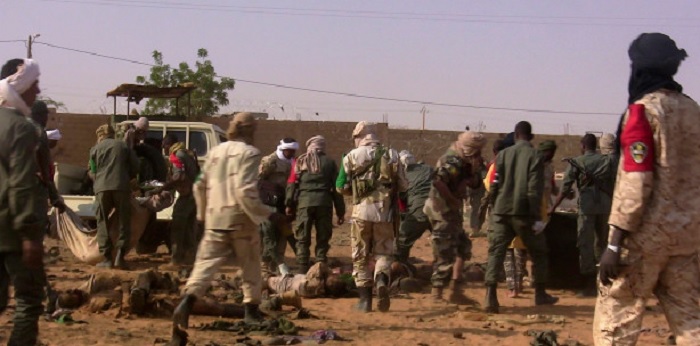L’ex-otage au Mali, Sophie Pétronin, est rentrée en France

L’ex-otage au Mali et dernière otage française dans le monde, Sophie Pétronin, est arrivée à l’aéroport militaire de Villacoublay dans les Yvelines, en France, ce vendredi à la mi-journée, selon plusieurs médias français.







